During the historical examination of the Holocaust, the concentration camps, and the Nazi war crimes, much of the focus seems to be on the Nazis rather than their victims either individually or collectively (with the exception of six million Jews murdered during the Holocaust). Perhaps this is done deliberately. The more we know about how the Nazis rose to power, the policies they enacted to stay in power, and above all, the crimes they committed might help us to understand how this could happen again. Most importantly, it will ensure we don’t forget and hopefully, stay vigilant for modern-day political abuses of power and similar policies that slowly erode democracy and individual freedoms (e.g., anti-Semitism, racism, calls for denouncements, elimination of the free press, arrests and imprisonment for anti-government positions, etc.).
One group of Nazis that has been well documented are the concentration camp doctors. These men and women are the Schutzstaffel, or SS doctors who performed medical experiments on camp inmates, participated in the sorting process, and committed crimes against humanity. They included Karl Brandt (1904−1948; executed), Herta Oberhauser (1911−1978; 20 years-released in 1952), Josef Mengele (1911−1979, drowned), Karl Gebhardt (1897−1948; executed), and Viktor Brack (1904−1948; executed), to name just a few.
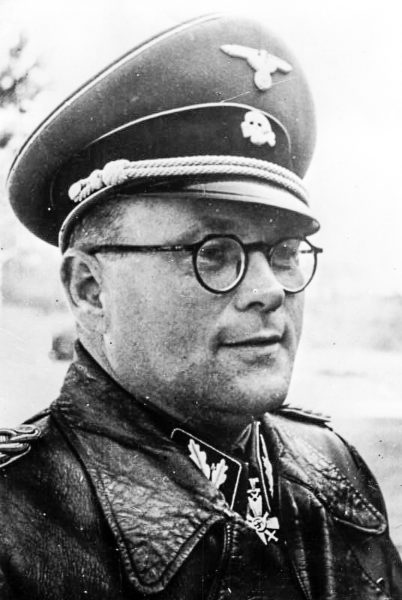

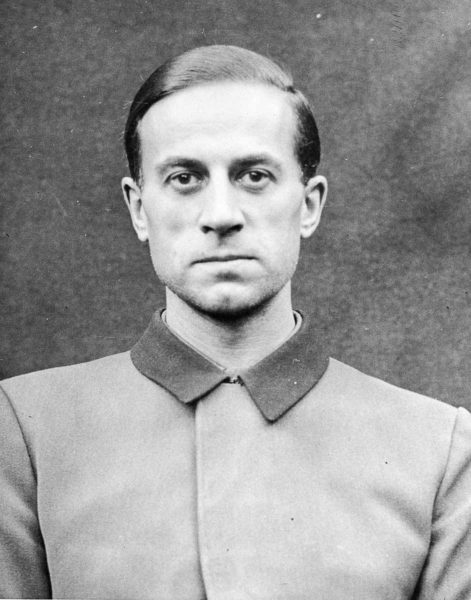
Today, we are going to examine a different group of concentration camp doctors: the doctors who were prisoners.
Did You Know?
Did you know that there is only one remaining Compagnons de la Libération (Companion of the Liberation)? What is a Compagnons de la Libération you say? This is the single rank title of the Ordre de la Libération, or “Order of Liberation” given by Gen. Charles de Gaulle to an individual, military unit, and city. The medal awarded to a recipient is the Croix de la Libération. The objective was to award those who “distinguished themselves in the task of liberating France and her Empire.” It was established on 16 November 1940 and the last award was given on 23 January 1946 (the Order was re-opened in 1958 and 1960 for Winston Churchill and King George VI, respectively). The honor was bestowed upon 1,038 individuals, eighteen military units, and five cities (including Paris). The youngest recipient was fourteen (Mathurin Henrio was executed after refusing to answer questions about the Maquis). Regrettably, only six women received the Order.
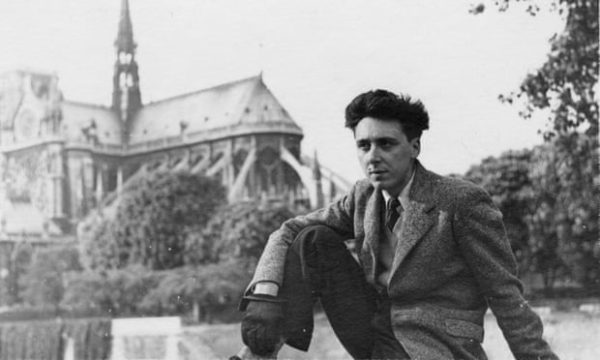
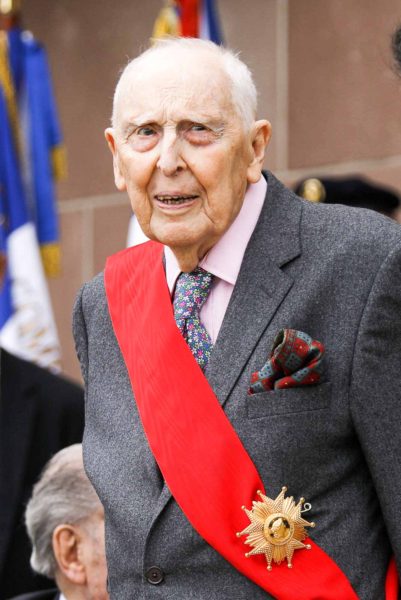
Today, only one Compagnon is still alive. The second-to-last surviving member, Daniel Cordier (1920−2020), died on 20 November 2020. M. Cordier was Jean Moulin’s secretary. The last surviving Compagnon is Hubert Germain (b. 1920), one of the first to join de Gaulle and the Free French Forces. As the last Compagnon, M. Germain is eligible to be buried in the last available resting place (i.e., seventeenth coffin) in the crypt of the Mémorial de la France combattante, or “Memorial to Fighting France.” This important memorial is located at Fort du Mont-Valérien in Suresnes (a suburb of Paris). What a shame that not many Americans visit the fort and the memorial. It is not hard to get there from the city⏤contact me and I will give you directions and some advice for visiting. Another site to visit is the Musée de l’Ordre de la Libération located next to the Invalides (7e). The museum is dedicated to the brave men and women of the Order of Liberation.
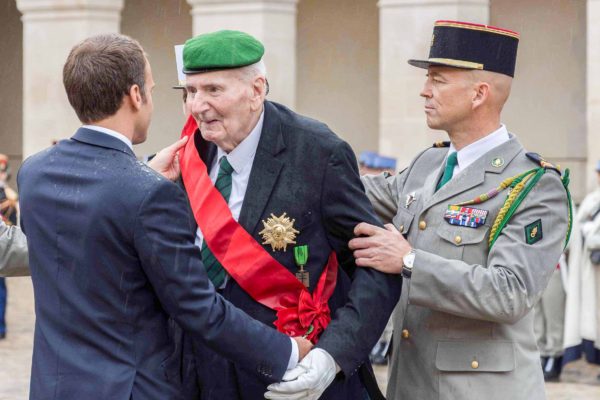
KZ Buchenwald
Buchenwald was one of the first concentration camps to be built on German soil. Established in July 1937, its original intent was to house Communist prisoners. However, it soon began to accept Jews, Poles, Slavs, mentally ill and physically disabled, political prisoners, Romani (gypsies), Freemasons, and even prisoners of war (click here to read the blog, The Last Train Out of Paris). A total of 280,000 inmates passed through Buchenwald and its subcamps. More than 56,000 people perished from being worked to death (the Vernichtung durch Arbeit policy, or extermination through labor), executions, starvation, illness, or medical experiments. The camp’s first commandant, Karl-Otto Koch (1897−1945) and his wife, Ilse, gained notoriety because of their cruelty. Ilse Koch (1906−1967) was nicknamed “The Bitch of Buchenwald” and she had lampshades made out of the skin of tattooed prisoners (I’ve seen two of them). She committed suicide in prison while her husband had been executed by the Nazis twenty-two years earlier. Buchenwald Ohrdruf (a subcamp) was the concentration camp that Gen. Eisenhower visited after its liberation in early April 1945 by the Americans. The general ordered nearby townspeople to walk to the camp (sixteen miles) and view the emaciated prisoners, corpses piled up like firewood, and the crematorium. This was part of his strategy to ensure the Nazi crimes could never be denied. Gen. Eisenhower knew that as time went on, there would be people who might deny these crimes occurred and he ordered army photographers to document the aftermath of the camps.
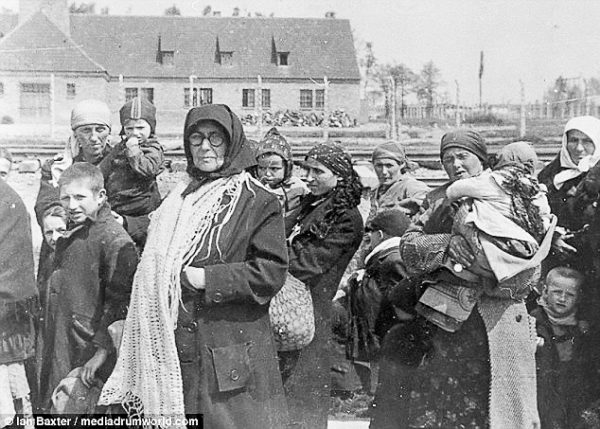
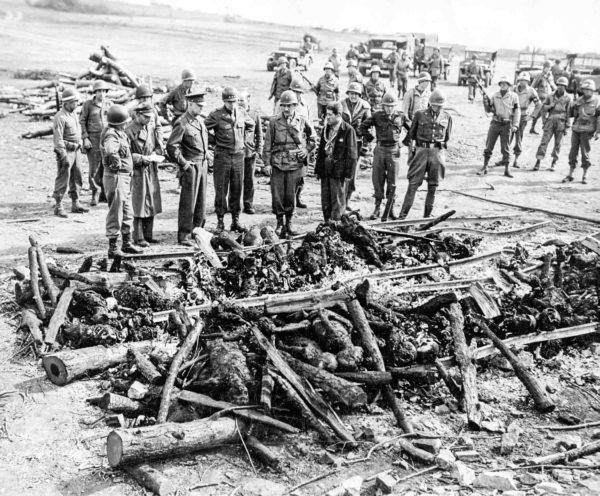
Buchenwald was the site of large-scale medical experiments on the prisoners. These included testing for epidemic typhus vaccines, attempts to determine the fatal dose of poisons, and inflicting white phosphorus burns on inmates to find out which balms to the wounds were effective. After Koch was replaced, the medical director, Gerhard Schiedlausky (1906−1947; executed), was transferred from KZ Ravensbrück to Buchenwald where he continued his bizarre and sadistic surgical experiments. Like other camps, Buchenwald had separate facilities for carrying out these medical atrocities.
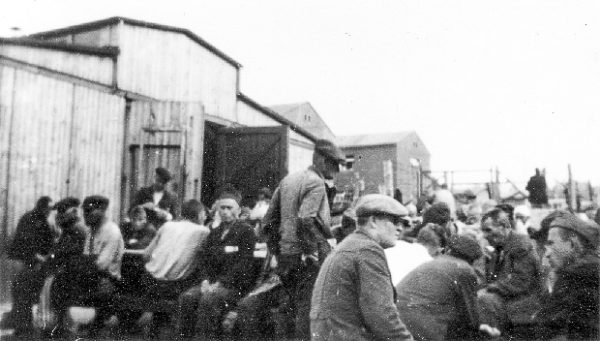
Buchenwald was divided into two sections: the Big Camp and Little Camp. Each camp had its own medical clinic and they were important to the activities of the inmates’ resistance efforts. Almost from the beginning of its existence in 1937, Buchenwald’s prisoner population had formed a resistance organization. Although SS doctors made rounds, the day-to-day care in the clinics was left up to French and Czech prisoners who acted as doctors and nurses. Prior to 1943, surgical services in the Big Camp were handled by a former brick mason while the Little Camp’s “chief surgeon” was a shoemaker by trade. As more doctors arrived in 1943 and 1944, control of the clinics was never relinquished by the resistors, but the doctors took over surgical responsibilities. There was never enough medicine or materials to take care of everyone. However, by 1945, the prisoner doctors managed to expand the Big Camp medical facilities to six cell blocks that handled dental services, a pharmacy, laboratory, operating room, and pathology lab. The Little Camp, originally built as a quarantine facility, was not so lucky. People sent to the Little Camp, a quarantine zone, were not expected to exit alive.
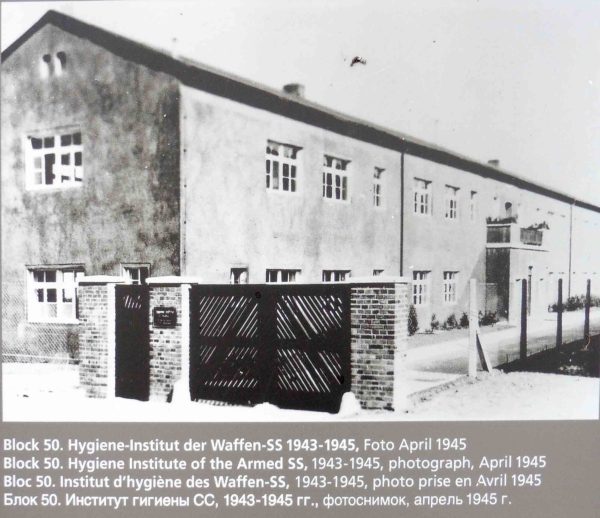
On 24 August 1944, Allied bombers targeted the Gustloff weapons factory and the DAW electronics factory. Bombs hit Buchenwald and the thirty prisoner doctors set up stretcher relays to bring the wounded into the clinic. The surgeons operated on inmates as well as the guards during round-the-clock shifts for ten days. In the confusion, the military section of the resistance organization was able to steal weapons from dead guards. Eight months later, as the Americans approached Weimar and the camp, those weapons were used by the inmates to take over the guard tower and begin shooting SS guards.
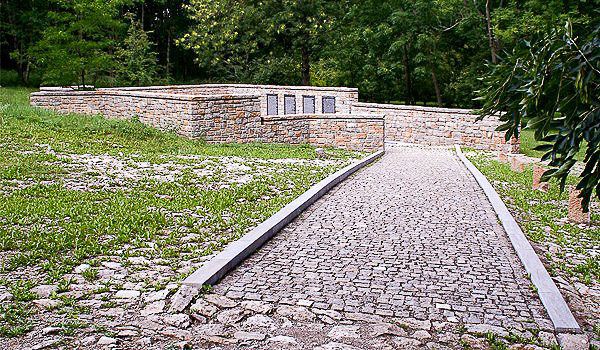
Gisella Perl
Gisella Perl (1907−1988) was a Romanian Jewish gynecologist. The daughter of a successful businessman in Sighet, Hungary (now Romania), Gisella was the eldest of the children, all of whom (except one) went on to become doctors. She eventually persuaded her father to allow her to study medicine. Gisella enrolled in medical school located in Berlin⏤then the mecca for Jewish medical students. Jewish doctors were well entrenched in German society until 1933 when the Nuremberg Laws prohibited Jews from maintaining their positions in the medical fields. They were purged from private practice as well as their jobs in the universities, professional societies, and government.
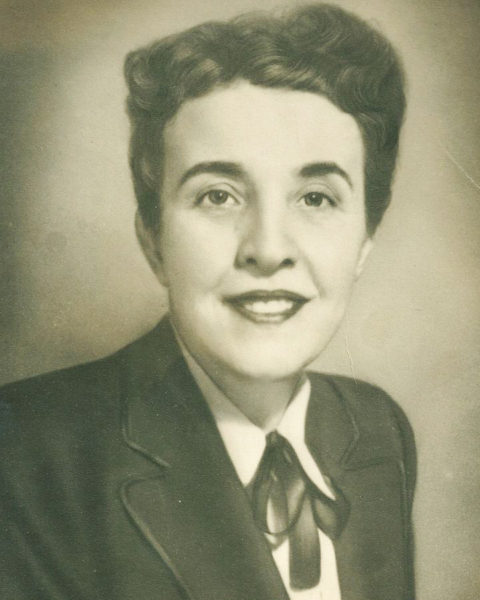
Gisella eventually returned to Hungary where she worked with her husband, Dr. Ephraim Krauss and they had two children. However, the Nazis invaded Hungary in March 1944 and Gisella, Ephraim, and their son were rounded up and forced to live in the Sighet ghetto. Their daughter had been taken in by a Gentile family and managed to survive the war. Within a month, almost all the Jews in Sighet (and Hungary) were put in cattle cars and shipped off to Auschwitz.
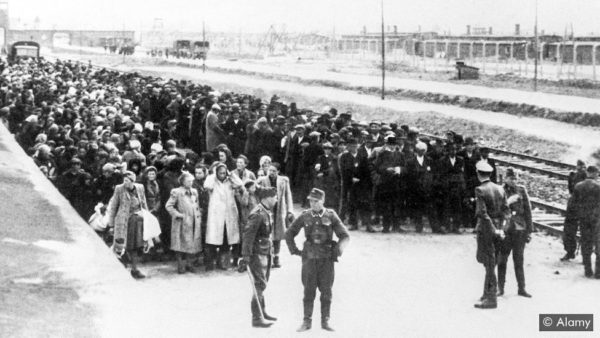
Auschwitz Prisoner No. 25,404
Dr. Perl recalled her first impression of Auschwitz after exiting the train was the billowing black clouds of smoke from the crematoriums and an SS officer patrolling the ramp where the prisoners were being unloaded. The German officer was 33-year-old SS-Hauptsturmführer Dr. Josef Mengele. His job was to separate the newly arrived prisoners into those who would die immediately in the gas chambers and those who would remain alive⏤albeit for the short term. He was the camp’s chief doctor and with a flick of his thumb, people went to the right or the left. Prior to the trains arriving, Mengele reviewed the manifests looking for people with medical backgrounds. He needed skills that would assist him in carrying out his experiments on twins, dwarfs, and pregnant women. Mengele selected Dr. Perl as one of the five prisoner doctors. Along with four nurses, they were ordered to establish a camp hospital. The Germans allowed deported doctors to bring a bag containing their medical instruments. Gisella’s bag was confiscated immediately by a Nazi doctor who assigned her to be the camp gynecologist. He informed her that her duties were to be performed without any instruments. Gisella’s head was shaved, and her arm tattooed with no. 25,404.
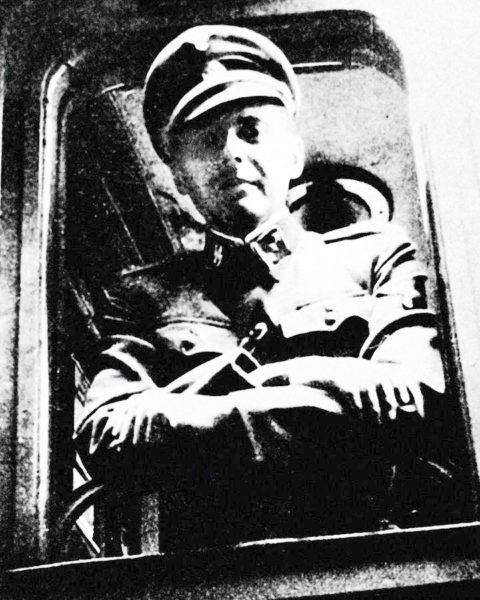
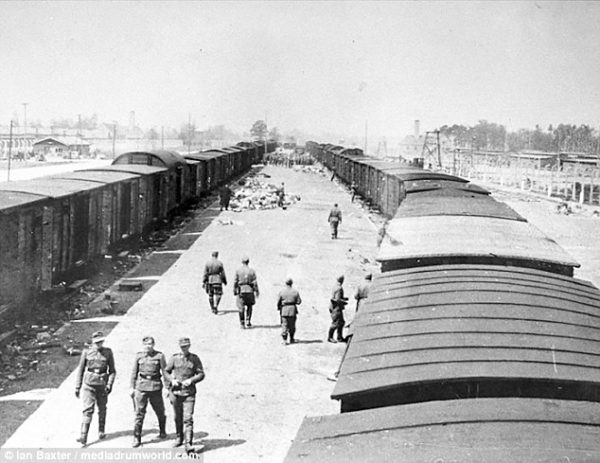
Healing the Prisoners
In addition to her gynecology duties, Gisella was also responsible for the day-to-day treatment of other prisoners in the hospital. She pulled infected teeth, bandaged (using paper) bleeding wounds, and taping broken ribs (inflicted by the SS guards and Kapos). Gisella would move the sick back into the barracks after learning the guards would be coming through the hospital to round up the ill for the gas chambers. From time to time, the Nazis required the sick to provide blood samples. Knowing those with contagious diseases would be killed, Gisella and the other doctors filled the sample vials with their own healthy blood. It was only a matter of time before Mengele found out about Dr. Perl’s specialty. He ordered her to send all pregnant women to him so that they could be isolated and fed extra rations and milk. Soon, Gisella came to realize Mengele’s true intent for the pregnant inmates. She witnessed SS guards beating some of the pregnant women and when they collapsed, the women were thrown into the crematorium ovens alive.
Saving the Mothers
It was at that point that Dr. Perl made the decision to save the lives of the mothers at the expense of the unborn. She vowed to rid the camp of all pregnant women. This was in line with medical ethics at the time which prioritized the life of the mother when the pregnant woman’s life was in danger. The only difference was the mother’s risk in Auschwitz was genocidal rather than strictly medical. By night, Dr. Perl performed the abortions and by day, assisted Mengele in his bizarre and hideous research, including the infamous twin experiments. Frankly, the descriptions are very disturbing (at least to me) about how she went about performing both the illicit abortions, ending a new-born baby’s life, and carrying out Mengele’s orders. If you want to read more, please click here to read the BBC article, The Auschwitz Doctor Who Couldn’t ‘Do No Harm.’
Liberation and Post-War
Gisella was transferred to KZ Bergen-Belsen in March 1945. She was liberated shortly afterward but stayed in the camp for several months attending to the sick and delivering babies. After leaving the camp, Gisella wandered through Germany looking for her family. She found out her husband had been beaten to death and her son murdered by the Nazis. Distraught, Gisella attempted suicide but was unsuccessful. She recovered but did not want to return to medicine. Instead, Gisella “just wanted to be a witness.” Eleanor Roosevelt heard about Gisella’s story and invited her to a kosher lunch where Mrs. Roosevelt persuaded Gisella to return to practicing medicine.
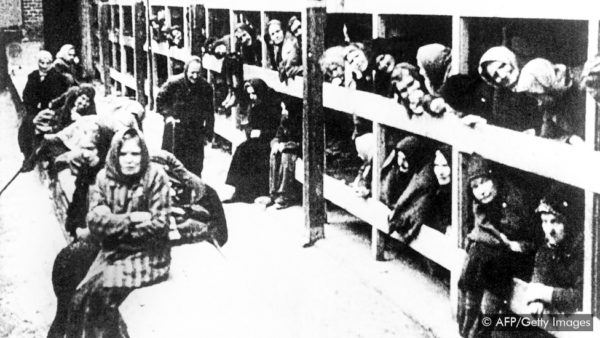
By a special proclamation, President Truman granted Gisella permanent U.S. citizenship. She joined the physician staff at Mount Sinai Hospital as the only female doctor. Dr. Perl was a very well respected and admired physician. Eventually, Gisella opened a private practice on Park Avenue in Manhattan where she treated women with infertility issues. Many of her patients were former concentration camp inmates.
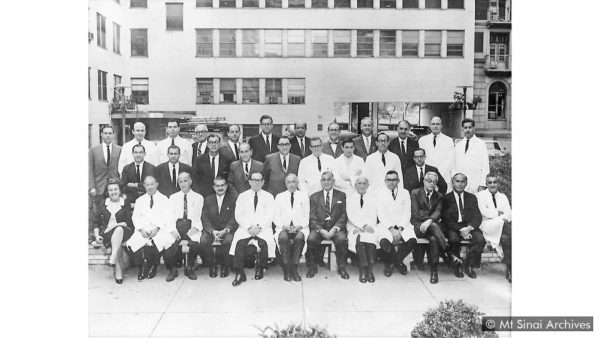
In 1978, Gisella learned her daughter had survived. She left New York City and moved to Israel to live with her daughter and grandson. Gisella was also reunited with her sister, Rose, who had moved to Palestine in 1938. Her grandson recalls witnessing women falling to their knees before his grandmother and calling her “Gisi doctor,” her name in the camps.
Her Prayer
Before delivering a baby, Dr. Gisella Perl would always pray, “God, you owe me a life, a living baby.”
✭ ✭ ★ Learn More About the Camp Prisoner Doctors ✭ ★ ★
Gross, Rachel. The Auschwitz Doctor Who Couldn’t ‘Do No Harm.’ BBC, 26 May 2020. Click here to read the article.
Hampton, Ellen. Imprisoned Doctors Who Resisted the Nazis at Buchenwald Inspire Us Now. The Daily Beast, 7 April 2020. Click here to read the article.
Mostowicz, Arnold. Translated by Henia and Nochem Reinhartz. With a Yellow Star and a Red Cross: A Doctor in the Łódź Ghetto. London: Vallentine Mitchell, 2005.
Perl, Gisella. I was a Doctor in Auschwitz. London: Lexington Books, 2019. Originally published in 1948. Reprint by permission of Shaare Zedek Medical Center.
Disclaimer:
There may be a chance that after we publish this particular blog, the video links associated with the blog are no longer accessible. We have no control over this. Many times, whoever posts the video has done so without the consent of the video’s owner. In some cases, it is likely that the content is deemed unsuitable by YouTube. We apologize if you have tried to access the link and you don’t get the expected results.
What’s New With Sandy and Stew
We are less than 30-days away from the new year⏤thank goodness! Like all of you, I can’t remember a worse year. I suppose it was an omen in early January when I had to leave our ship (in Aruba) after two days at sea due to internal bleeding of the colon. The year went downhill after that. However, I can’t complain because many people had it worse. Friends lost parents and relatives to COVID, friends and family came down with the virus, lots of people across the world lost their jobs and livelihoods, and many lives were turned upside down. Our election is now behind us, vaccines have been developed, urban rioting is decreasing, and most importantly, many of us decided to start the holiday season early just because we wanted to be happy (we are told that colored holiday lights are supposed to make us happy). I think I’d like to cancel what is left of the year and get on with 2021 (this blog was written just before Thanksgiving).
Thank you to all of you who subscribe to our bi-weekly blogs. It seems there isn’t a day that goes by where we don’t increase our readership. Please let your history buff friends and family members know about our blogs.
Someone Is Commenting On Our Blogs
I’d like to thank Florent R. for contacting us regarding the blog, Noah’s Ark. Florent is the granddaughter of Jean Raison, one of the résistants of réseau Alliance, or as the Germans called it, Noah’s Ark. Jean Raison was a former Vichy police superintendent who took over the responsibilities of the network’s security services and forged documents after Ernest Siegrist was arrested by the Germans. On 17 March 1944, Raison was arrested and sent to Struthof concentration camp where he was executed on 1 September 1944. He left behind a two-year-old daughter. I suggested to Florent that if she hadn’t already done so, she might want to connect with Richard Kauffmann. Richard’s grandfather, Édouard Kauffmann (“Cricket) was a leader of Alliance until he was caught and ultimately executed. Richard and his organization, Association l’Alliance (www.reseaualliance.org), do a remarkable job of preserving the memory of the brave men and women who served the network.
If there is a topic you’d like to see a blog written about, please don’t hesitate to contact me. I love hearing from you so keep those comments coming.
Why Would You Want to Buy Our Walking Through History Books?
Simple.
You like to travel and experience history and historical events. You like to see original buildings that had a significant impact on the people and events of the history you’re engaged with. You want to know the stories behind the brick and mortar in front of you.
The walking tour books are meticulously researched so you can go directly to those sites and learn about the building’s history as well as an introduction to some of the more interesting people associated with it.
We Need Your Help
Please tell your friends about our blog site and encourage them to visit and subscribe. Sandy and I are trying to increase our audience and we need your help through your friends and social media followers.
Thank You
Sandy and I appreciate you visiting with us. We have some exciting things on the horizon, and we’ll keep you updated as we go along.
Share This:
Follow Stew:
Find Stew’s books on Amazon and iBooks.
Please note that we do not and will not take compensation from individuals or companies mentioned or promoted in the blogs.
 Walks Through History
Walks Through History
Copyright ©2020 Stew Ross


Hi Stew,
This is a very emotive blog and brings to light the ethical choices prisoners with a knowledge of practical medicine had to make. The issues of experiments in Buchenwald illustrate this – the 168 Airmen who were incarcerated in Buchenwald in 1944 were forcibly given intercostal injections of a green serum ?? Typhus, The syringes were large and the needles blunt – my father has a pathological fear of needles and so had a 105 year old survivor Frederick Vinecombe who I traced last week! The men were given 3 injections (the first on the morning of the American bombing of the factories alongside the camp. The day before some the men had visited the experimental block looking for w ater and found these piles of dead bodies. Captain Christopher Burney told my Father that these were Jews whi were no longer fit for work and killed with injections of phenol. The airmen were terrified that they were being given phenol. They felt very unwell and later that day had to help the germans rescue the injured and dead bodies from the bombed buildings. My Father and Frederick Vinecombe still have nightmares about those injections. Our British Doctors were not interested in following up the story the airmen told and all wondered all their life what they had been given.